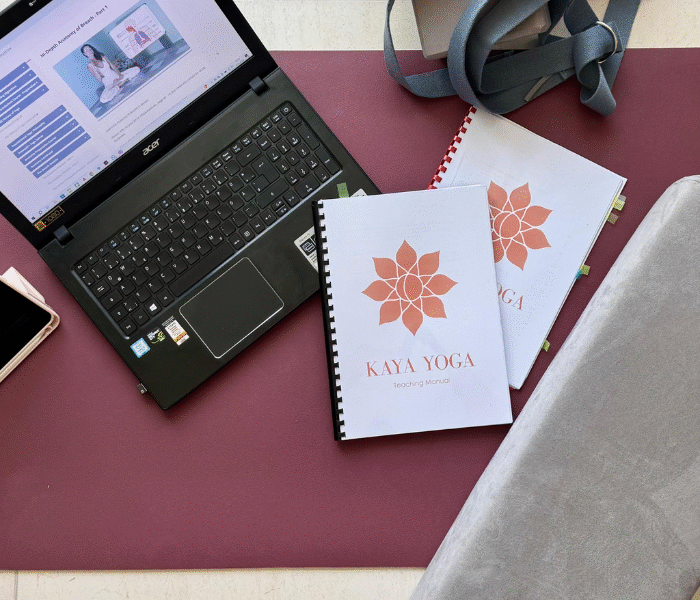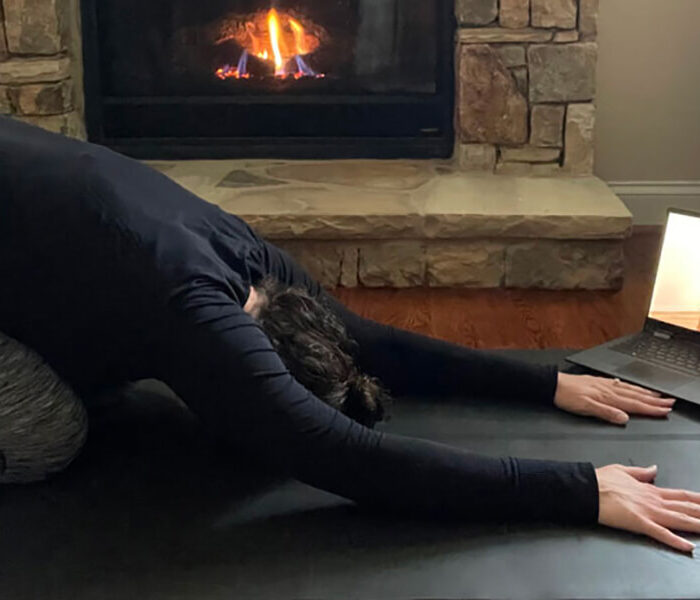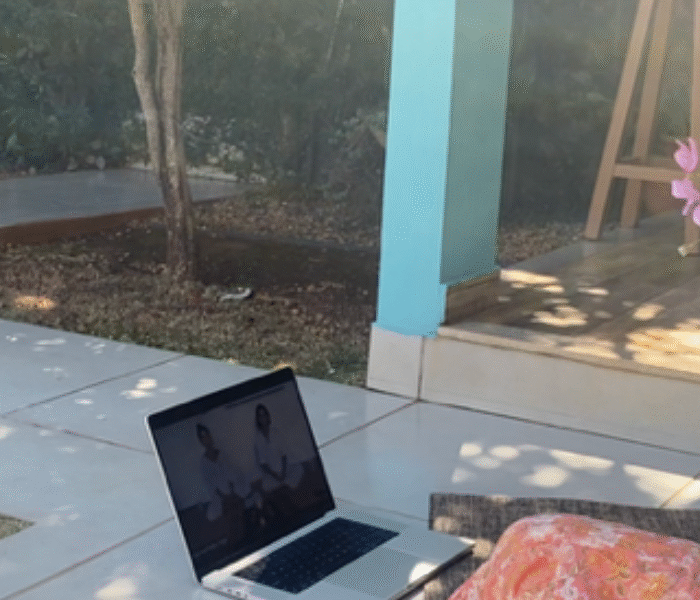Is it illegal to teach yoga without a certification?

If you’re thinking about becoming a yoga instructor and wondering, “Can I teach yoga without certification?”, the answer is: Yes, you can! But before you jump in, it’s helpful to explore online yoga teacher training certification options so you understand what the path looks like and what studios or clients may expect.
The key thing to know about teaching yoga in the USA is that there is no regulation on yoga teachers. It is not illegal to teach yoga without a certification—there are no federal or state laws preventing it. That means you don’t need to be certified, registered, or licensed to legally offer classes.
But—here’s the catch—without a certification, you may find it challenging to get hired by a studio or attract clients, as most studios require at least a 200-hour Registered Yoga Teacher (RYT) certification.
If you’re considering starting your yoga instructor training and getting your yoga instructor certification, here are some things to think about before enrolling.

Key
Takeaways
- It’s Legal but Challenging: You don’t need a certification to teach yoga legally in most places, but lack of certification can limit opportunities and credibility.
- Certification Builds Trust: While not mandatory, having a 200-hour yoga teacher certification can make students feel more confident in your expertise.
- Studio Requirements: Most yoga studios require instructors to have a certification, so teaching independently may be your best option without one.
- Professional Benefits: Certification opens doors to insurance coverage, partnerships, and higher earning potential, making it a worthwhile investment.
- Personal Growth: Even if you don’t plan to teach, yoga teacher training deepens your understanding of yoga philosophy and practice.
- Your Journey, Your Choice: Whether certified or not, your passion and authenticity are the most important factors in becoming a great yoga teacher.
Should you get certified to teach Yoga?
Even though you can legally teach yoga without a certification, it’s worth thinking about the pros and cons. Here are some questions to ask yourself before deciding:
- Are you looking to teach at a yoga studio, or do you plan to run independent classes?
- Do you want to teach online or in person?
- Do you want to deepen your knowledge of yoga for your personal growth, even if you don’t intend to teach?
While there are no rules requiring certification, having one can open up opportunities to work with studios, get insurance, and expand your student base.
Certification adds credibility, ensuring your students feel confident in your knowledge and abilities. Plus, it gives you that little extra badge of honor that shows you’ve put in the work.
Tips before you start Yoga instructor training

1. Let go of expectations
Regardless of how much you plan, no one can predict exactly what your experience will be like in yoga instructor training.
Remember that this is your unique journey. You might surprise yourself with what you learn (or unlearn).
It’s all about staying open to new experiences and embracing the unknown.
The process will likely challenge you mentally, physically, and emotionally. It’s not just about the poses—it’s also about self-discovery and finding your own voice as a teacher.
And trust me, you’re going to learn things about yourself that you never even thought to ask.
2. Decide the goal of your yoga instructor training
Why do you want to teach yoga? Is it to help others find peace in their practice, to connect with a community, or to simply deepen your own journey?
Setting an intention for your training will help you stay grounded when things get overwhelming.
Your goal can be anything from learning to guide others through the physical practice, to understanding the deeper spiritual aspects of yoga, or even exploring yoga philosophy.
Maybe you dream of guiding a roomful of students through a calming flow, or perhaps you just want to deepen your understanding of yoga for yourself. Whatever it is, keep that goal close to your heart—it’ll be your north star when the going gets tough (and it will).
3. Have a Yoga instructor training for your personal practice
A yoga teacher training isn’t just about learning to teach—it’s also about your own growth.
Even if you never teach a class, learning and immersing yourself in yoga philosophy can be life-changing.
It’s about finding that balance between mind, body, and spirit, and applying it to your daily life.
Sometimes, the most rewarding outcome of teacher training isn’t about teaching at all—it’s about what you learn for yourself.
Challenges you might encounter
Crying? Oh Yes.
Yup, there will be tears. Training is an emotional journey as much as it is physical. It’s all part of the process (and all that Netflixing on the couch won’t prepare you for the emotions yoga brings out).
You may find yourself unclenching after a frustrating phone call or letting go of stress you didn’t even realize you were holding.
Yoga teacher training has a way of bringing all of that to the surface. Just remember, it’s all part of the growth—tears are like a detox for your soul.
Physical preparedness
If you’re planning to join a yoga instructor training, take time to prepare your body.
Practice two or three times a week for a few months beforehand to build strength and avoid injury.
Focus on strength poses, flexibility exercises, inversions, twists, and static poses. Try to find your weak points and work on them to make it easier for you when the course starts.
Another important aspect is to be aware of your past or recent injuries.
Try to understand what kind of exercises trigger any part of your body that is not completely healed or recovered.
Try not to push yourself too hard and, if necessary, tell your teachers during the training and ask for advice on how to work on it without doing any more damage.
Remember, yoga is about listening to your body, not about pushing through pain.
Verify props & equipment
If you’re taking the course online, find out if you’ll need any specific props. Most online classes will let you know, but it’s good to double-check to avoid surprises.
You might need a mat, blocks, or straps—ask your school what they provide and what you need to bring from home.
Usually, all the props are available, but it is always good to check first.
If you are attending an online course, try to understand if you might need any specific prop and get it before the course starts. Having the right props can make a significant difference in your comfort and effectiveness during training.
Plus, it feels pretty great to have all your gear lined up—kind of like preparing for a yoga battle (in the best way possible).
Overcoming common misconceptions
Do you need a license to teach Yoga?
You don’t need a license to legally teach yoga—but having a certification can make a big difference. And if you decide you want a structured path, there are plenty of places where you can get properly certified through an online YTT, giving you both flexibility and credibility.
Sure, you can teach without it, but it’s kind of like driving without a license—possible, but not exactly advised.
Certification helps you stand out, opens doors at studios, and gives you the confidence to grow your teaching in a more grounded way.
Choosing a Yoga Teacher Training Program
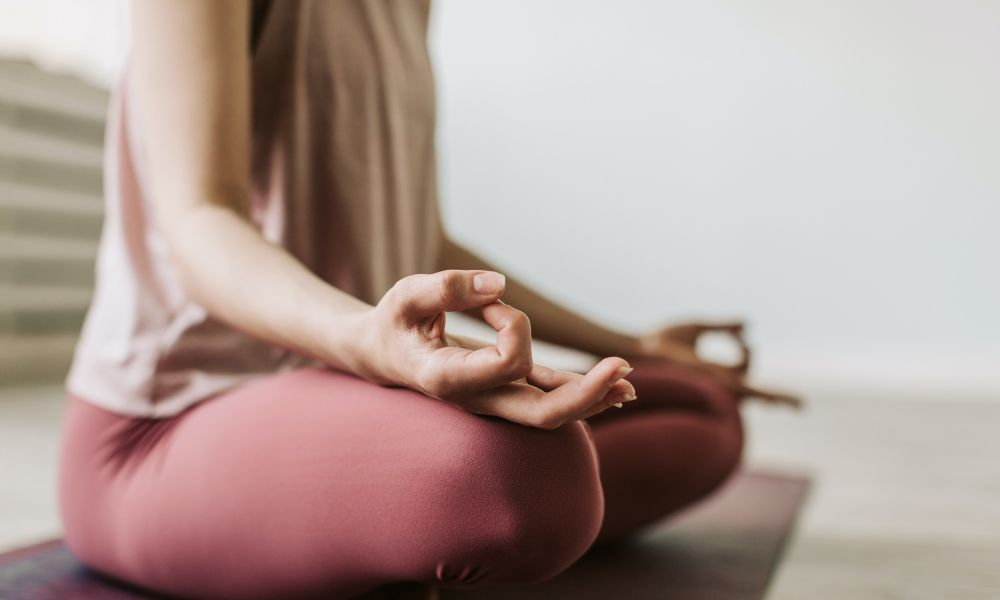
With so many yoga teacher training programs out there, it can be tough to choose the right one. Here are a few things to consider:
1. How long does it ast?
The most common yoga teacher training programs are 200-hour or 300-hour courses.
The 200-hour program is a great starting point if you’re new to teaching. The 300-hour program provides a deeper dive into advanced techniques, yoga philosophy, and teaching methodology.
2. Cost of Yoga certification
Online yoga certification programs can start as low as $300, whereas in-person all-inclusive programs may cost upwards of $4000.
The price varies depending on whether accommodation, food, and other amenities are included.
Consider what works best for your budget and lifestyle.
3. Full immersion vs. online flexibility
If you want a life-changing experience, a full immersion program might be for you.
These programs often involve traveling to a yoga retreat center, where you can immerse yourself completely in the practice—living and breathing yoga with other like-minded individuals.
But if flexibility is more important, online courses can be a great option, especially if you have a busy schedule and need to fit yoga around your life.
Final thoughts: should you get certified?
Yoga teacher training is about more than learning how to cue poses or align bodies; it’s about deep self-reflection, community, and sharing the gift of yoga from an authentic place. Remember, teaching yoga is about continually learning and sharing what you love.
If you decide to get certified, that’s wonderful! If not, you can still be a source of yoga inspiration to your community, guiding others with the experience you already have. Either way, trust your journey—and enjoy the ride.
Teaching yoga is more than just coming up to the front of the mat, throwing shapes, sipping coconut water, and then shopping for new yoga clothes for the rest of the day.
Sorry! Remember your goal, educate from the heart, share what you know, and keep learning.
Teaching yoga requires study and self-reflection (Svadhyaya); after you complete your first yoga instructor certification, you’ll quickly realize that this is just the beginning of a lifetime journey.
There’s no telling where it’ll lead you, and it’s all a matter of practice. Yoga is a continuous process, one that goes beyond the certification—it’s a lifelong commitment to growth, learning, and sharing the love of yoga.
Additional considerations for Yoga teacher training
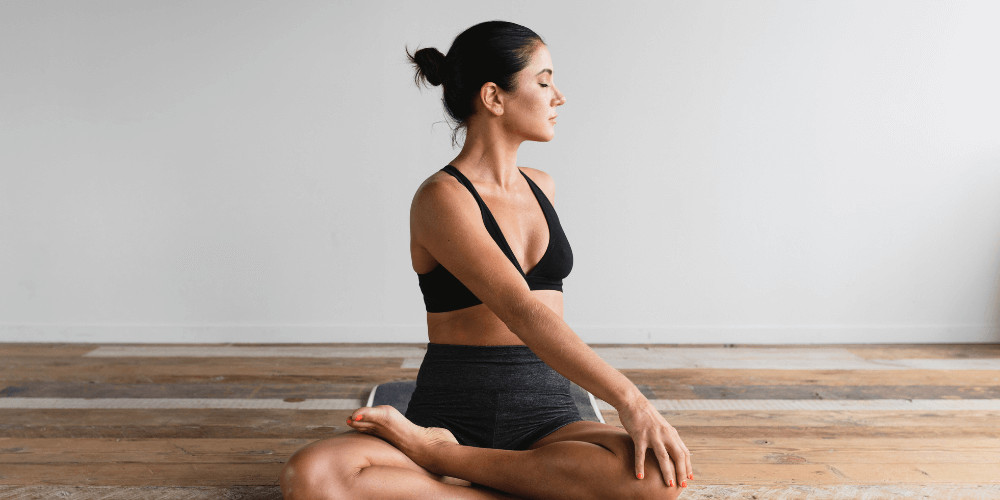
Traveling for Yoga training
If you decide to attend a yoga teacher training abroad, make sure you have everything you need to travel to that destination, such as a visa if required.
Usually, in many countries, you don’t need a visa for the first 30 days, but it’s always best to check since every country is different and rules change frequently.
Book your flights early to find the best deals, and look for accommodation near the training venue.
Check if your accommodation has facilities like supermarkets, pharmacies, or restaurants nearby, and see what amenities are provided (e.g., towels, breakfast). Also, consider your budget for the local currency, meals, and transportation.
Physical limits and injuries
Even if yoga instructor training programs are designed for all levels, consider your physical health and fitness level.
Stick to your personal practice at least two or three times a week before the training begins to avoid injuries and be prepared for the physical demands.
Know your limits, and remember that it’s okay to ask for modifications during training.
Listen to your body, and always prioritize safety over perfection. If you’ve had past injuries, speak to your online teachers about how to avoid re-injury.
Yoga is about balance, not pushing yourself to the point of harm.
Cultural differences
Yoga teacher training is an opportunity to meet people from different backgrounds. This is part of the beauty of the experience.
Be open to learning from others, even if their perspectives or practices are different from yours.
You’re not just learning yoga; you’re learning about community, compassion, and acceptance.
Wrapping up: Your journey ahead

Becoming a yoga teacher is not just a career path—it’s a calling. It’s about helping others find a sense of balance, peace, and well-being where to get properly certified through an online YTT.
Whether you decide to get certified or not, what matters is your passion for the practice and your desire to share it.
The yoga journey is a path filled with growth, love, and endless possibilities.
Trust in your own journey, keep learning, keep practicing, and share the joy of yoga with those around you.
And remember, the best teachers are always students first.
FAQ: Teaching Yoga without a certification
Is it illegal to teach yoga without certification in the US?
Nope. There are no laws requiring yoga teachers to be certified or licensed in most parts of the world, including the United States. That said, certification helps with trust, employment, and insurance.
Is it mandatory to have a certification to teach yoga?
No, it’s not mandatory to have a certification to teach yoga. There are no legal requirements in most countries, including the USA, for yoga teachers to be certified.
Can I start teaching yoga without completing a training program?
Yes, you can start teaching yoga without formal training. However, completing a program ensures you have foundational knowledge, making your classes safer and more effective for students.
Will yoga studios hire me if I’m not certified?
Most studios prefer or require instructors to have at least a 200-hour yoga teacher certification. If you’re not certified, you might find it easier to teach independently or offer private classes.
Why do many yoga teachers pursue certification even though it’s not required?
Certification enhances credibility, provides structured knowledge, and opens up more professional opportunities, such as teaching at studios or securing insurance. It also boosts confidence in teaching.
Can I get insurance as a yoga teacher without a certification?
Obtaining liability insurance without certification can be challenging. Many insurance providers require proof of training or certification to ensure you’re qualified to lead classes safely.
What are the risks of teaching yoga without certification?
While teaching without certification is legal, it might expose you to higher risks, such as lacking proper knowledge of anatomy, leading to potential injuries for students, or struggling to attract clients who value professional credentials.
Do online yoga platforms require certification to teach?
Most reputable online platforms require instructors to have a certification. If you plan to teach online independently, certification can still help you attract and retain students.
Can I be a good yoga teacher without formal certification?
Yes, a good yoga teacher is defined by their passion, knowledge, and ability to connect with students. However, certification equips you with the tools and confidence to enhance your teaching practice.

